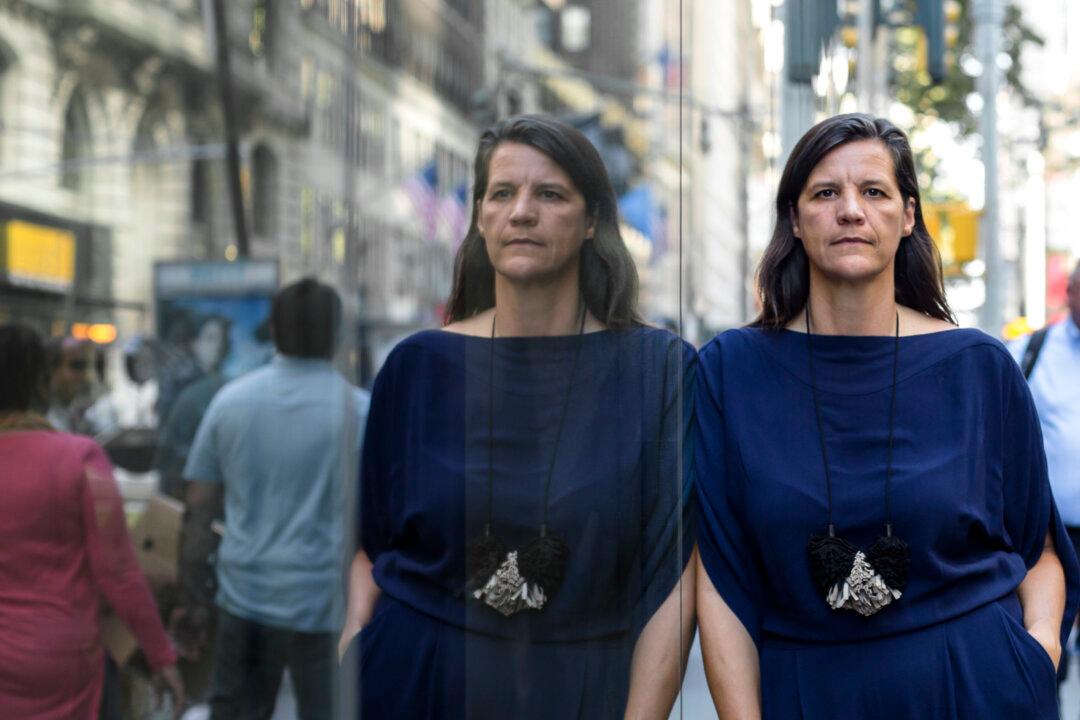NEW YORK—The opening shot is an unfocused patch of dirt. It’s not what you'd expect from a documentary titled “Cameraperson,” a documentary about documentaries and a visual memoir of cinematographer Kirsten Johnson’s 25-year film career.
“That’s not the way I imagined it!” said Johnson, who took the director’s seat this time, for “Cameraperson.”
“For a long time I struggled with—I was trying for a really long time to get this beautiful shot as the opening,” she said. “But that’s not what I’m trying to talk about [with the film].” She realized it was not about showing what beautiful camerawork she could do. That wouldn’t come close to communicating her experience as a cameraperson.
With “Cameraperson,” which opens on Sept. 9 in New York, Johnson wanted not just to document her career, but also to communicate her personal experience and the issues she juggled from behind the camera—ethics, humanity, power—to the audience.
“We wanted the audience to be as empowered as possible to think for themselves,” she said.
The documentary is a compilation of footage shot during the making of 24 films, plus additional original footage of her family. Included in Johnson’s camera credits are many documentaries that dealt with the big questions in society. “Election Day” (2007) showed the on-the-street experience of American voters; “Darfur Now” (2007) examined the genocide in western Sudan; “No Woman, No Cry” (2010) told the personal stories behind the statistics of the 500,000 deaths each year caused by inadequate health care obtained during pregnancy; “Citizenfour” (2014) captured the first meetings with whistleblower Edward Snowden; and “Risk” (2016) tells the story of WikiLeaks editor-in-chief Julian Assange.
Yet, documentaries are not organic. Everyone on the scene influences the story being told.
In “Cameraperson,” Johnson gives us behind-the-scenes glimpses into what it means to tell people’s stories through imagery.
The conversations are intimate and the implications are thought-provoking. The footage addresses storytelling, trust, political repression, surveillance, censorship, freedom, presence, and much more.






